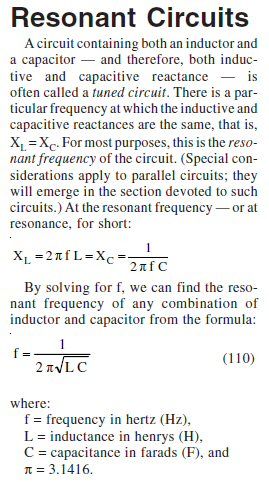Current = movement of charge.
1 A = 1 C / s (by definition, see also Maxwell's work)
Every movement has a velocity and a direction. So does movement of charge and so the same goes for current.
You say
that implies you can have a movement without direction...
On another thread on this forum I also encounter "exotic (re-) definitions"....
Yeah well, let me leave it there.
Good luck with your experiments!
Ernst.
1 A = 1 C / s (by definition, see also Maxwell's work)
Every movement has a velocity and a direction. So does movement of charge and so the same goes for current.
You say
The current doesn't necessarily have to "go" anywhere
On another thread on this forum I also encounter "exotic (re-) definitions"....
Yeah well, let me leave it there.
Good luck with your experiments!
Ernst.






Comment